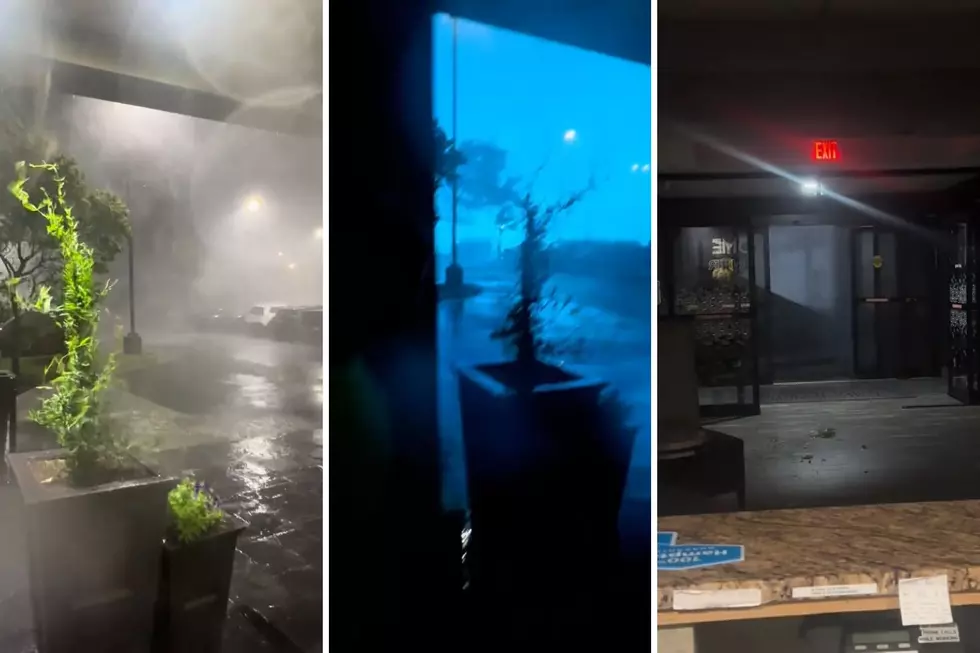
Watch Tornado Form and Touch Down in Front of Texas Storm Chasers
Watch these storm chasers do the exact opposite of what I would do if I were in the same situation.
Don’t get me wrong – I admire and value storm chasers for the risks they take to keep the rest of us safe. It’s just that I’m not nearly as brave as they are.
Even though I’m the first person to go outside and look at the sky the minute the tornado sirens go off, I’m headed for shelter shortly after. And I’m damn sure not headed toward the storm.

But they don’t call them storm chasers for nothing. They’re headed straight for the danger zone as soon as the sky starts to darken.
I’ll be perfectly honest with you – just watching the video below puts me a little on edge.
Watch as the clouds start to spin before the tornado briefly touches down in front of the storm chasers. The chasers press on and head toward the storm when suddenly it touches down again right in front of a police vehicle that’s parked in the road ahead of them.
As visually stunning as it is, the clip serves as a stark reminder to keep an eye on the sky year-round in this neck of the woods. Especially this time of year when we find ourselves under some sort of severe weather watch more often than not.
Y’all be safe and leave the storm chasing to the professionals.
@texasstormchasers A tornado appears while on the chase through a cattle farms in the Texas Panhandle! April 14, 2017 -David #tornado #stormchasing #weather #texas ♬ original sound - Texas Storm Chasers
WARNING: These Are the Counties With the Most Tornadoes in Texas
Gallery Credit: Stacker
KEEP READING: What to do after a tornado strikes
LOOK: The most expensive weather and climate disasters in recent decades
Gallery Credit: KATELYN LEBOFF
More From 106.3 The Buzz









